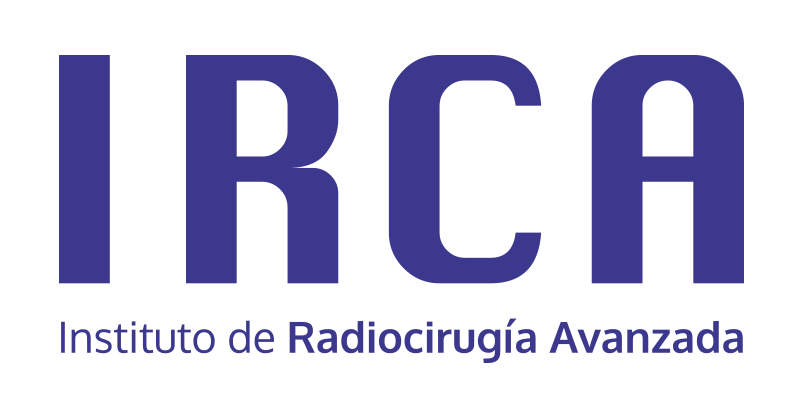- Home
- TREATMENTS
- Malignant brain tumours
The main treatments offered at IRCA focus on malignant and benign brain tumours, neurovascular diseases and also functional diseases.
As already mentioned, the ZAP-X is the most advanced stereotactic brain radiosurgery system in the sector, with cutting-edge technological innovation. And as we have already mentioned, it can be used to treat different pathologies, providing highly relevant data to support medical results and efficiency.
Thanks to the ZAP-X, IRCA can offer treatments that are specially personalised for each patient, thinking not only of their recovery but also of their wellbeing throughout the process.
enter

TREATMENTS
Malignant brain tumours
A brain tumour is an abnormal mass of cells that develops in or around the brain due to changes (mutations) in its DNA. There are several types: in addition to the non-cancerous ones, there are unfortunately also some malignant ones.
Glioma
This is a primary tumour that starts in the brain or spinal cord and develops on glial cells, the slimy support that surrounds nerve cells and helps them to function. Depending on the type of glial cell, one tumour develops over another: astrocytomas include astrocytomas, anaplastic astrocytomas and glioblastomas; ependymomas include anaplastic ependymomas, myxopapillary ependymomas and subependymal gliomas; and oligodendrogliomas include oligodendrogliomas, anaplastic oligodendrogliomas and anaplastic oligodendrogliomas and anaplastic oligoastrocytomas.
It is one of the most common primary brain tumours and is life-threatening depending on its location and growth. We can detect glioma if we begin to notice memory problems, speech difficulties, urinary incontinence or even personality changes or irritability.
Although the causes of this disease are not known, there are some risk factors such as age, exposure to radiation or family history.
Brain metastasis
This pathology occurs when cancer cells spread from their original location to the brain. Typically these are lung, breast, colon, kidney and melanoma cancers. However, any type can spread to the brain.
Once there, the metastases grow and put pressure on brain tissues. This is why the most recurrent symptoms are headaches, personality changes, memory loss and seizures - symptoms almost identical to glioma and also to other neurovascular diseases.
In this case, its origin lies in cancer elsewhere. Depending on the life process, cells can travel through the bloodstream, including cancer cells. This is how they spread and can also multiply.
Chordoma
This is a rare cancer that appears in the bones at the base of the skull and spine, and is part of the sarcoma (bone and soft tissue). It could be said to be a "silent" disease as it does not manifest symptoms at the beginning and when it does, it can take a long time for a specialist to detect it.
Although usually slow growing, this type of tumour is located in important and complicated structures such as the brainstem, spinal cord and also in vital nerves and arteries.
The cause of chordoma lies in the cells of a tissue called the notochord, which is an embryonic structure that aids in the development of the spinal column. By the time the foetus is about 8 weeks old, this complex usually disappears. However, it rarely remains in the spine or the base of the skull and develops into cancer.
Chondrosarcoma
Chondrosarcoma is a type of cancer that usually occurs in the bones, usually in the pelvis, hip and man; sometimes it can also occur in soft tissue close to bone. Although not the most common, it can also occur in the spine.
This malignant tumour manifests itself physically, with a growing lump or area of swelling. But also with acute pain and sphincter problems (if the cancer is in the spinal cord).
The cause is unclear. However, there are risk factors such as advanced age or other bone diseases such as Maffucci's syndrome or Ollier's disease.

